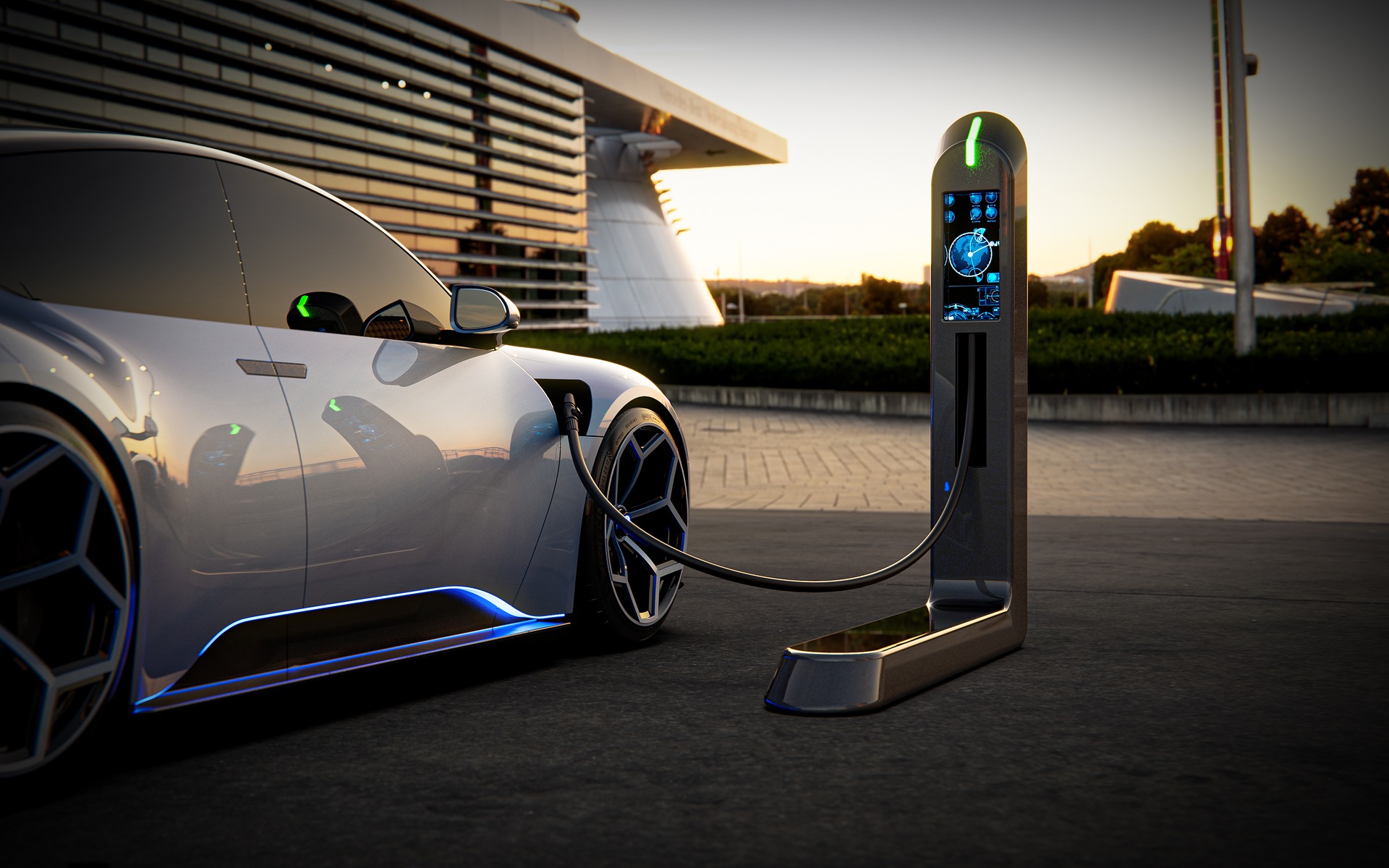Despite the rapid adoption of electric vehicles, there is not as much public consciousness of them, how they work, and the shorthand used in the industry. It can be confusing reading a blog or looking online for information when acronyms and unknown words make up a large majority of the details. Today, we hope to educate you on some of the most common EV terms used when purchasing an electric vehicle.
EV Terms to Know
We just used a term you might not know – EV. EV simply stands for ‘electric vehicle,’ and many other shorthand terms for EVs are variations of this simpler term.
BEV: Battery Electric Vehicles are fully electric and run entirely off an onboard battery charged through charging stations. They have no component capable of using gasoline to power the vehicle.
PEV: Plug-in Hybrid Vehicles have both an internal combustion engine as well as an electric motor. Many of these vehicles allow drivers to drive a few dozen miles entirely through their electric motor before the internal engine and gasoline are extensively used. This type of vehicle is preferred by many with a short commute and the ability to install a cheap charger at their home.
ZEV: This acronym doesn’t represent a type of electric vehicle necessarily. ZEV stands for Zero Emission Vehicle, and it can refer to vehicles like electric cars, bikes, and other ‘green’ forms of transport. Often, you will hear ZEVs mentioned regarding the benefits of mass adoption of ZEVs on a populace’s health.
Charging Terms
‘Charging’ by itself might even be a confusing word, but charging refers to powering your car’s battery through a charger, similar to a smartphone or laptop. However, there are even more terms you might not know if you have never considered purchasing an electric vehicle before.
AC / DC refer to Alternating Current and Direct Current. Different types of chargers use different types of current, dependent on their speed and level of charge. Often, fast chargers installed in homes need to convert AC power to DC power, or the charger must use a dedicated outlet designed for DC power.
Charging Connector: Just like how two different phones might use two different plugs to connect to a charger, a charging connector plugs into your electric vehicle and determine which types of chargers you can use. Tesla, for example, only recently made their charging technology open source, allowing anyone to use their designs freely. And still, Tesla owners need to use an adapter if they are not charging their car at a Tesla-specific charging station.
Level 1, Level 2, and Level 3 Chargers: These levels denote how fast a charger will charge a car, depending on how much power it can draw from an outlet.
Range is the distance a car can drive before the battery needs to be charged. When electric vehicles were in their infancy, drivers needed to keep an eye on their range and plan their driving habits around charging stations. However, the explosion of public and at-home charging capabilities means the range is less critical for everyday commutes.
If you are confused with any of these terms and feel overwhelmed about your options, you can talk to someone knowledgeable about EVs, EV charging, and vehicle options to help you make an informed decision.
Promise Electric is a team of Sarasota electrical contractors certified to install your residential or commercial EV charging station. Call us today for the best Sarasota electrician for all your residential, commercial, and EV needs.



